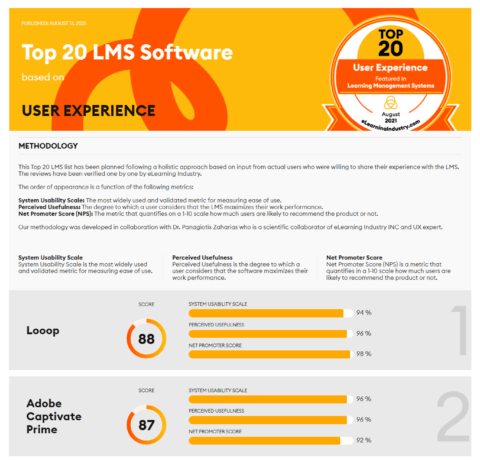6 Ways Technology Is Driving a Digital Evolution in Education Infographic
Now more than ever, schools and universities around the world are coming to understand the value of digital evolution in education. Smart buildings and interconnected infrastructures enable people to reimagine what it means to be on a campus or in a classroom—whether they’re staff, faculty, students, or researchers.
What Is Making These Changes Possible?
We’ve been talking about intelligent buildings for more than thirty years, but now we’re seeing them actually take shape in ways we couldn’t have imagined three decades ago. Today it’s about realizing the potential of the fourth utility—information and communication technology—in revolutionizing the ways we design and build the physical spaces that surround us.
In the past, networks were designed and installed independently. This resulted in numerous overbuilds and system-wide inefficiencies. Intelligent buildings use a common network infrastructure to provide economies of scale, better management, and overall integration for organizations around the world. These new infrastructures can be deployed in a range of ways (including centralized high density, decentralized low density, or a hybrid/tiered mixed density architectures) to suit individual needs.







You can adjust your cookie preferences here.